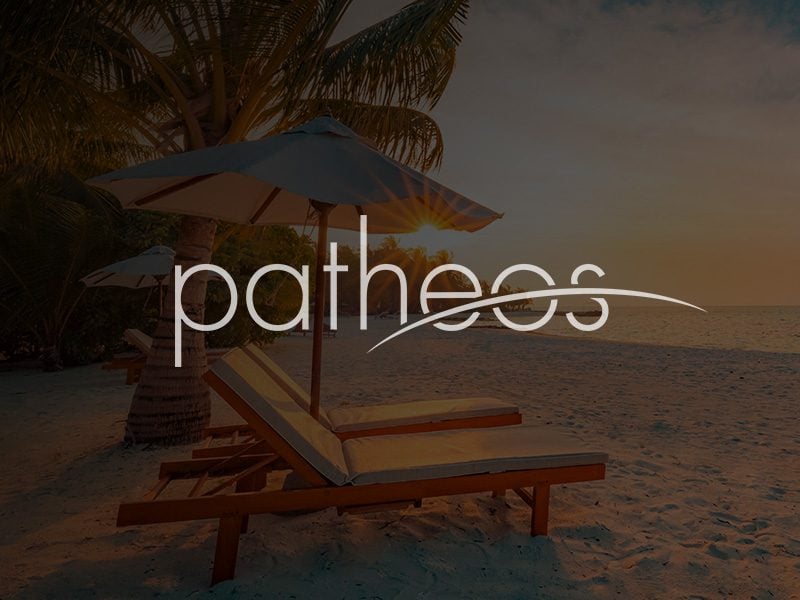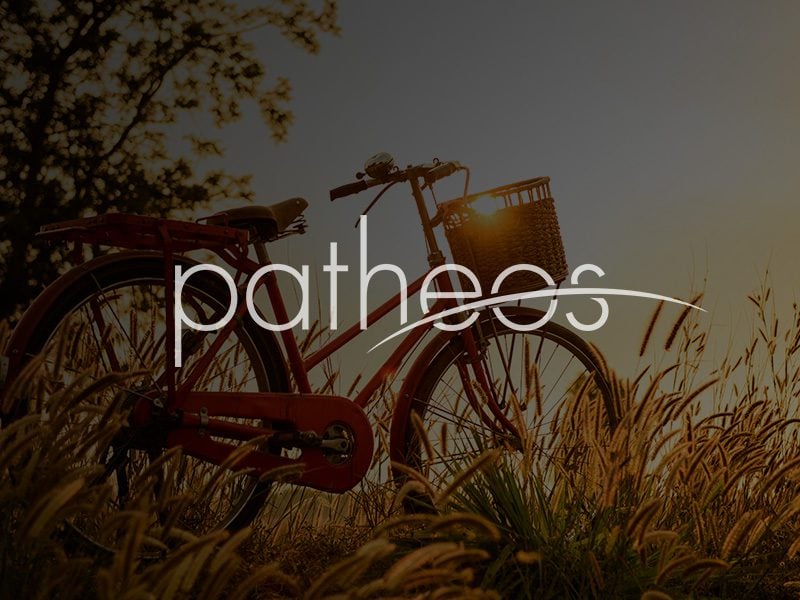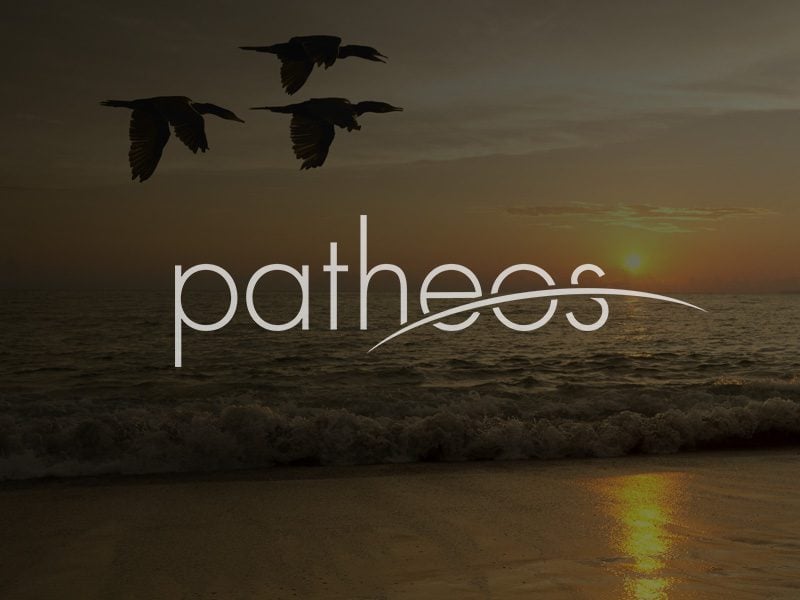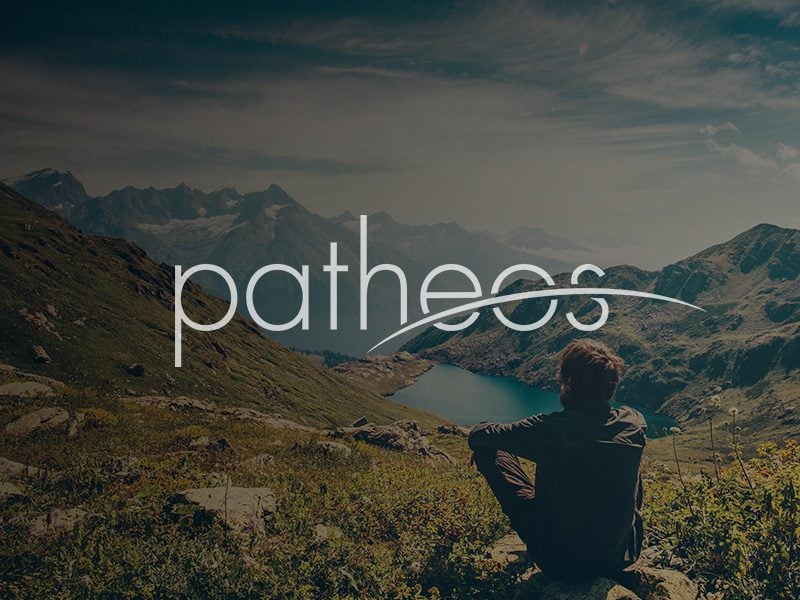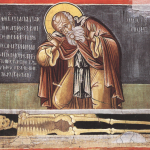This past November, the Bishops’ Conference published a pastoral response to pornography titled “Create in Me A Clean Heart.” The document reviews the entire “structure of sin,” from masturbation to human trafficking, for which porn forms the foundation. Though the drafters maintain a measured tone throughout and end with a hopeful prayer in the form of an excerpt from Psalm 51, it is pretty grim stuff, and I think we should take it as a cue for a righteous collective freak-out.
Perhaps I’m speaking from a sense of survivor’s guilt. Reading the USCCB document felt a little like seeing the butcher’s bill from a war I was a little old to fight in. I belonged to the last generation to grow up before hardcore pornography went mainstream. Softcore and cheesecake were around – on cable, in Times Square theaters and peep shows, on racks at the backs of bodegas. But it was all tacky, stuff a 13-year-old would picture in the hand of a dirty old man in a dirty old raincoat living in a dirty single-room occupancy hotel. New York in those days actually had such hotels, populated largely by that type of client.
Making the stigma even stickier, a man claiming to be a retired porn actor lived just above my mother and me, in our rent-controlled five-story walkup. Whether he was padding his resume (or, for that matter, anything else) God alone knows. But between his Ray-Ban aviator shades and his twilight-of-the-Hapsburgs mustache, he looked the part, and the figure he cut was not, to me, an inspiring one.
Nevertheless, thanks to any number of sources – MTV, lowbrow sex comedies like Hot Resort, worldly friends, confirmation bias, hormones – I learned that one measure of success was to have as much sex with as many different partners as possible. Like so many other measures of success, it proved beyond my reach, but I took its validity for granted, as I did the certainty that some happy elite, somewhere, was living up to it and feeling no regrets.
Here the generation gap opens. Rather than tantalize consumers with the promise of a boundless pleasure zone out there somewhere, today’s pornography industry promises to supply it, anywhere, on demand, to any slob, be he ever so humble. In the old days, going to a peep show involved a physical descent from safety and respectability. You walked into a sketchy neighborhood, counted the crack vials on the pavement, smelled the disinfectant, noted that the dancer looked bored (or sullen, or high, or all three). Unless you were deeply jaded – or unless the squalor was itself a turn-on – whatever stimulation you received would probably be compromised by a certain amount of disgust. Such excursions might be okay for a lark, but you wouldn’t care to make a habit of them.
By now, digital technology has made pornographic stimulation into a domestic affair. The Place France Where the Ladies Wear No Pants can be your home, or for that matter, your laptop or workstation. And, some researchers are suggesting, repeated exposure can be habit-forming for the most compelling reason imaginable: it can change your brain. The sight of sexual novelties causes the reward system to flood the brain with dopamine, causing pleasurable feelings. When these wear off, they give way to cravings for additional stimuli. But when the brain begins to experience explicit material as familiar, the reward center’s stream of chemical rewards dries up. In the hope of recovering that inaugural buzz, consumers may search for more exotic images.
In this fashion, porn alters consumers’ sexual tastes – or so the story goes – and not in ways consciously pleasing to the consumers. Psychiatrist Norman Doidge writes that compulsive porn viewers often experience the same feelings of revulsion that once persuaded peep-show tourists to cut short their visits. Strong as those feelings are, viewers’ cravings for the dopamine high are often stronger. Consequently, against both their will and better judgment, some may find themselves seeking out fetishistic or even violent scenes.
Doidge uses the term “neo-sexuality” to describe desires shaped by the porn market, or more specifically, by the interplay between consumer and producer. Neo-sexuality answers to no law but that of supply and demand, but anecdotal evidence suggests it can displace paleo-sexuality – the kind designed according to Natural Law for procreation and conjugal union. Though no studies have linked porn use and erectile dysfunction, some doctors have conceded that frequent viewers may find their favorite images – and favorite hands – more effective erotic stimulants than live partners.
Does this read like an invitation to a moral panic? A latter-day Reefer Madness? If so, good. It’s supposed to. No force that can overpower the conscience and the will and ride roughshod over the wisdom of repugnance does any favors to the dignity of the human person – to say nothing of the human persons around them. Chastity consists in making a free gift of the self, and pornography has the potential to be a straitjacket constricting the exercise of that freedom.
The good news, according to behavioral health experts, including Patheos’ own Dr. Gregory Popcak, is that habitual porn viewing follows the pattern of a compulsion, not an addiction, and can therefore be overcome more easily than the worst doomsayers would have us believe. Still, I’d say a little bit of doomsaying might not be out of order. Chastity can be a difficult thing to glamorize. As generations of fire-and-brimstone preachers knew well, it looks most appealing alongside the via negativa of enervating and enslaving debauchery.
“A young man may keep himself from vice by continually thinking about disease,” Chesterton once wrote, adding, “He may keep himself from it also by continually thinking of the Virgin Mary.” He was proposing a false dilemma. In practice, there may be no better way to appreciate the Virgin Mary than by reflecting on the diseases of our time.


